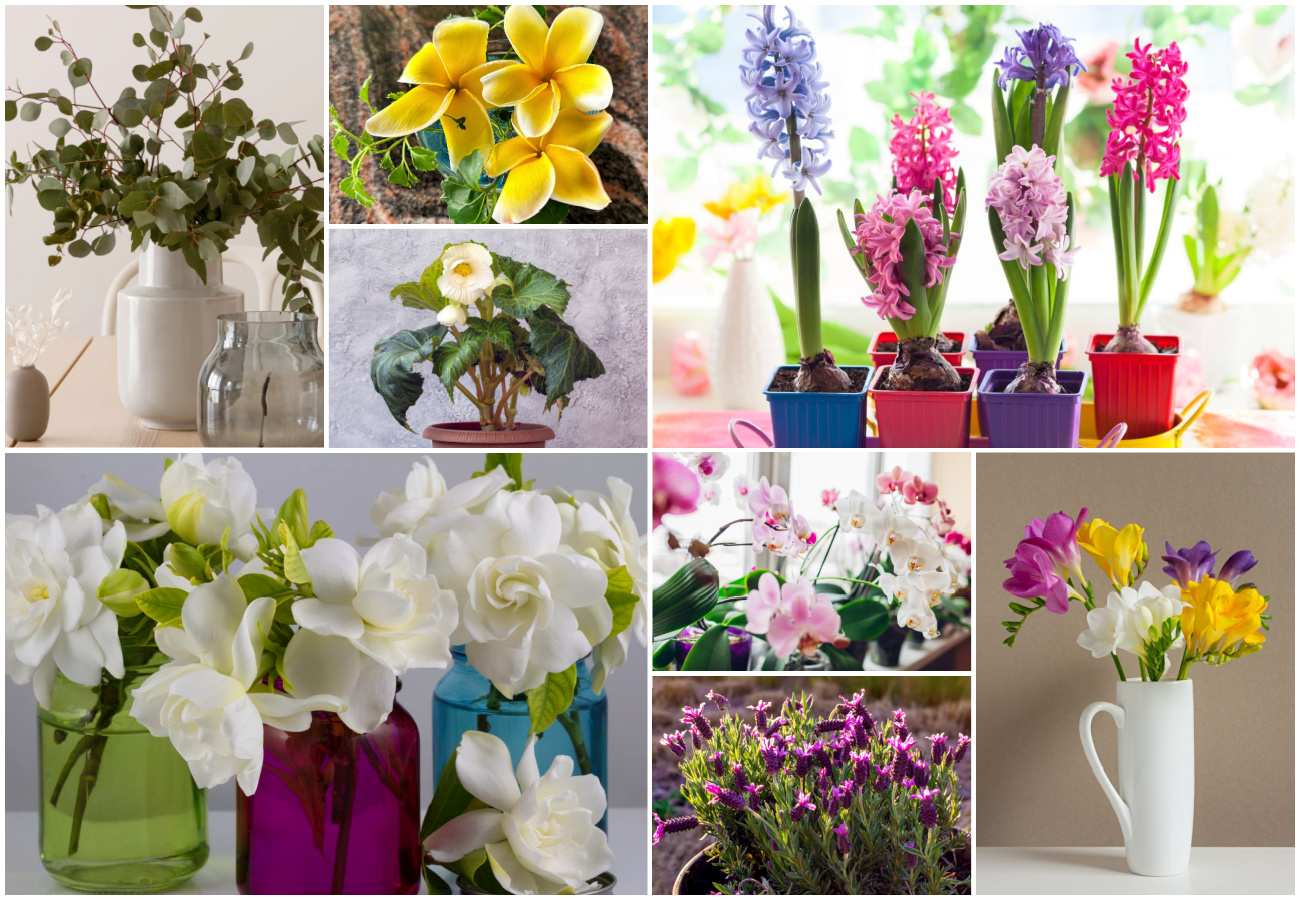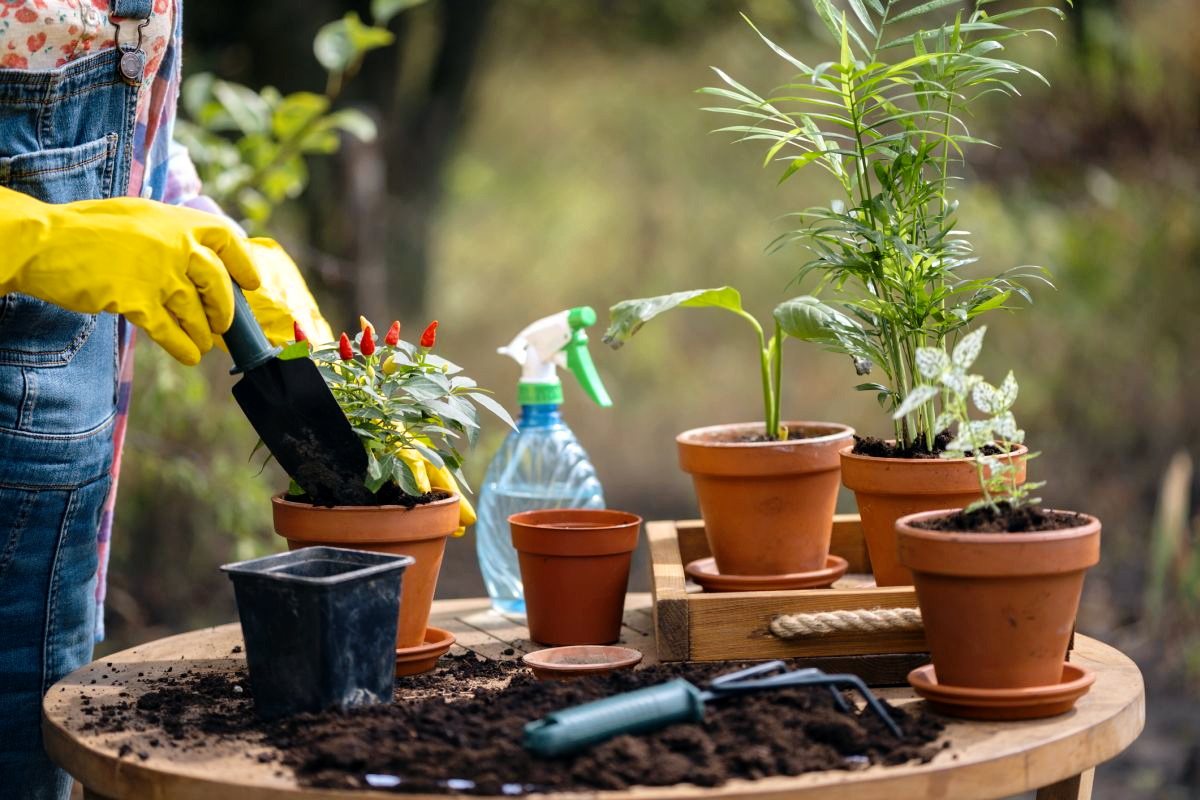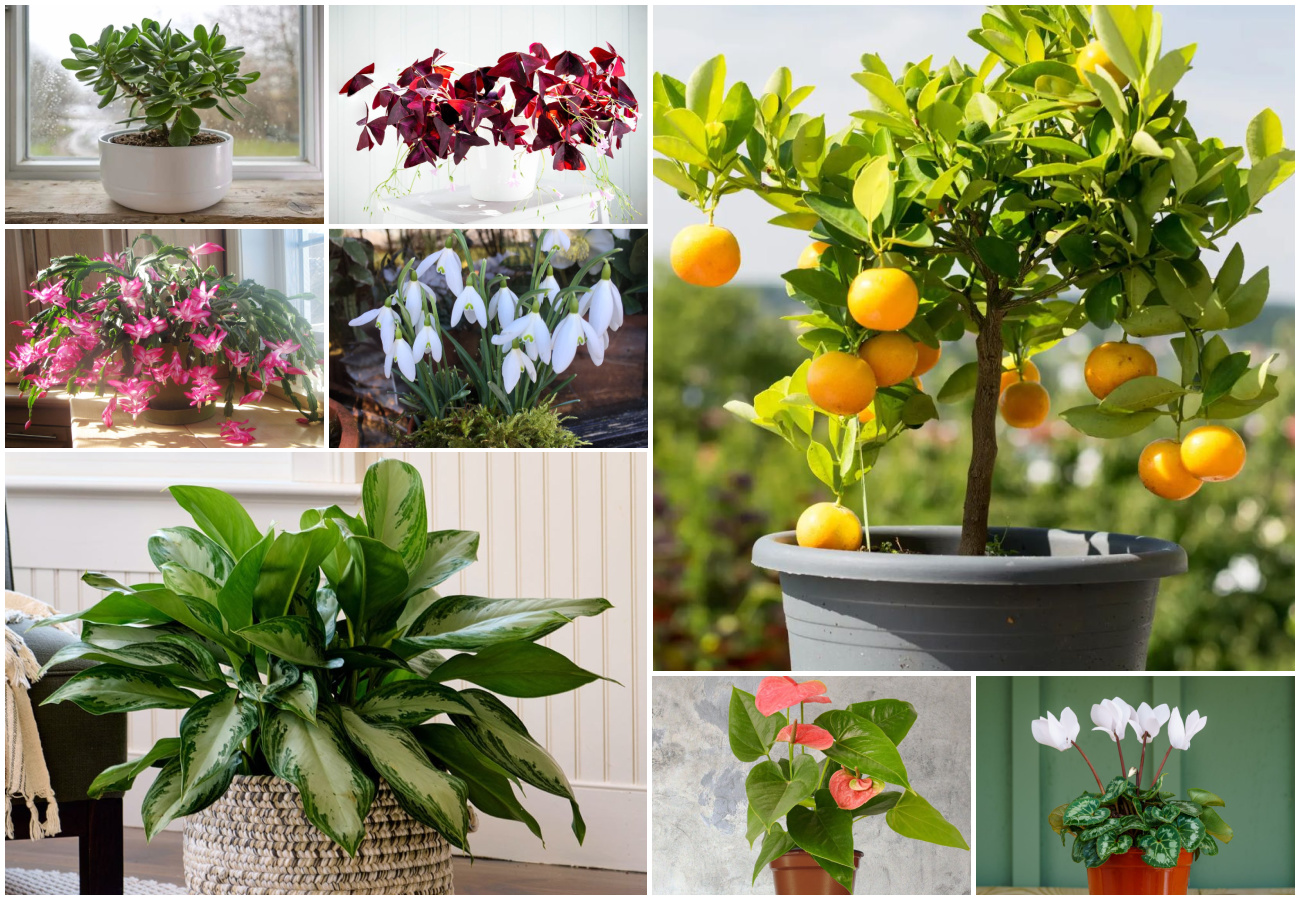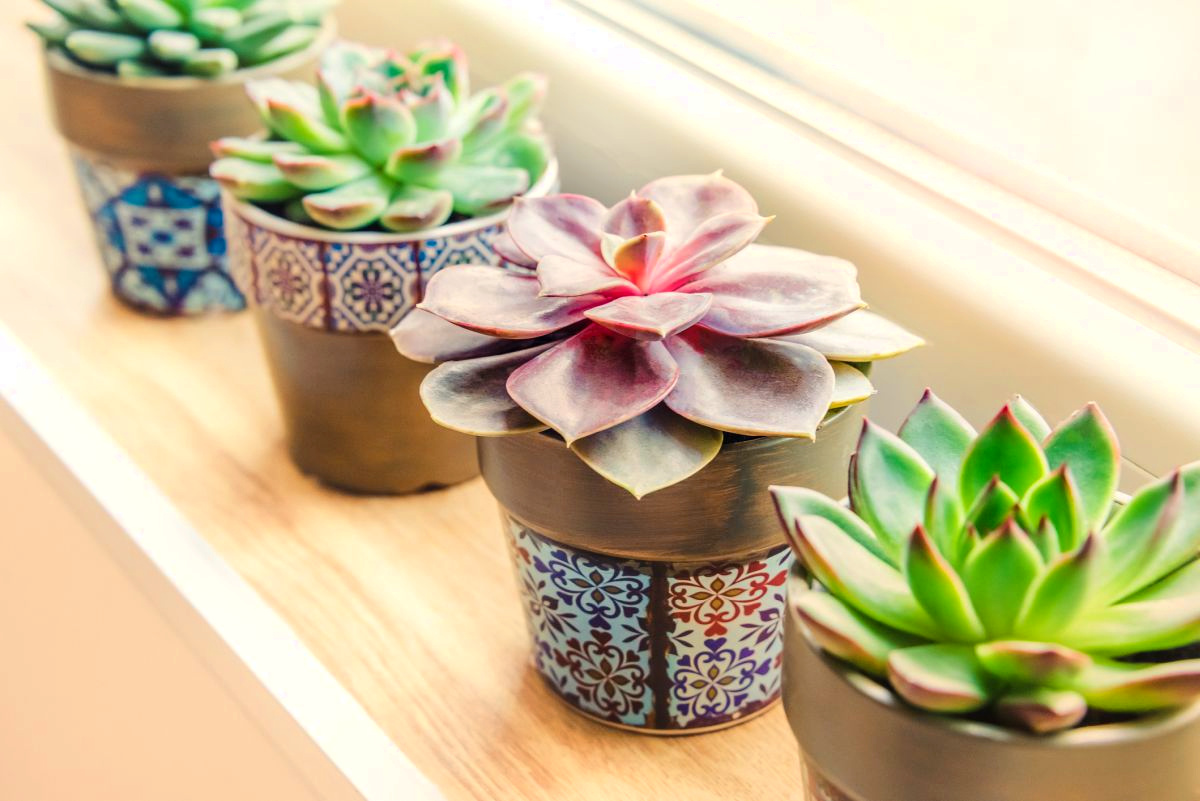The Ti Plant is native to Asia and Australia. Also known as the Hawaiian Ti Plant and the Good Luck Plant, it is a tropical evergreen with bright and beautiful foliage. The Ti plant can be planted in the garden but is most often grown as an indoor houseplant.
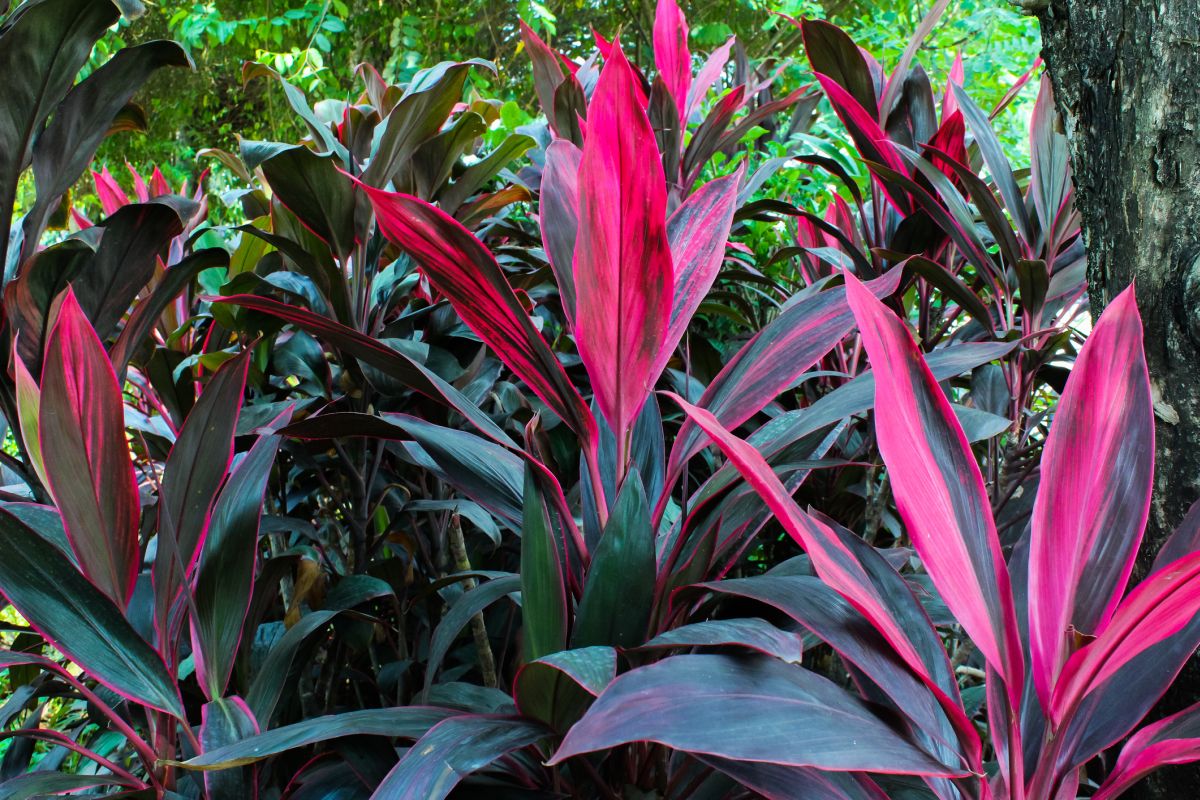
Ti Plant Appearance
The Ti plant is a fast-growing houseplant with leaves resembling palms. The leaves are 1 to 2.5 feet long and 4 to 6 inches wide with bright purple or red coloring mixed with the green. The plant, as a whole, grows to a size of between 2 to 10 feet tall and 3 to 4 feet wide. Blooms appear in spring as star-shaped flowers with six petals. The flowers range from white to pink, yellow, or lavender in color.
Ti Plant Sunlight Requirements
Provide full sun exposure for Hawaiian Ti Plants grown indoors, which produces the best foliage color. Six hours per day is recommended. In climates with excessive sun for prolonged periods, give the plants a break by closing the curtains during the midday sun time. Too little light will cause the vibrant foliage coloring to fade and turn greener. Supplement low lighting with an LED grow light if needed.
Watering Your Ti Plant
Water the plant when the top 1 inch of soil feels dry when a finger is inserted. Water deeply until the moisture runs out the pot’s drainage holes. On average, water the plant once a week to keep it properly hydrated.
Soil and Fertilizer
Provide a sandy or loamy soil with added organic matter for nutrients. Ensure the soil is fast-draining and free of heavy elements such as clay. For best results, use a high-quality potting soil with one part peat or compost added. Use a slow-release, balanced fertilizer, such as a 10-10-10. Apply the fertilizer once in the spring and mix it into the soil as well as possible.
Temperature and Humidity Levels
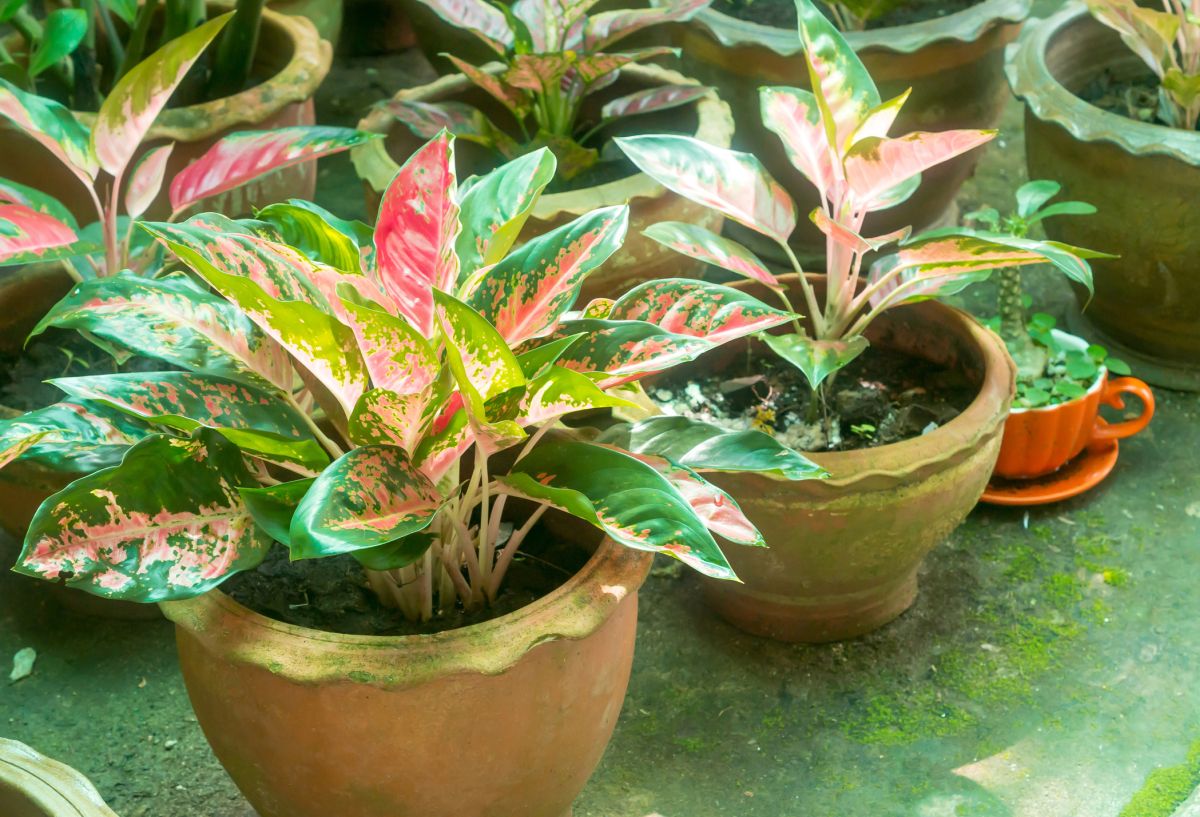
Maintain a temperature range of between 65 to 95 degrees Fahrenheit (18.3 to 35 Celsius). Avoid prolonged periods of exposure below 50F (10C) as the plant will be damaged. Due to coming from a tropical climate, the Ti Plant prefers high humidity. Average household humidity may be sufficient, but supplement low levels with a humidifier or a pebble tray.
Pruning Your Ti Plant
Remove any yellowing foliage, which happens naturally as the plant matures. Trim leggy stalks back to 6 inches to encourage fuller growth. Always use sharp and sterile shears to avoid bacteria or damaging the plant.
Propagating Ti Plants
Snip a 5 to 8-inch cutting from a healthy, mature Ti plant. Remove the bottom leaves to expose the lower nodes, which the new roots will emerge from. Plant the cutting in a small pot filled with a high-quality, well-draining potting soil. Keep the soil moist, but not soggy, and place the stem in bright, indirect sunlight. Roots will emerge in 10 to 14 days.
Common Pests and Diseases
Fungus gnats, mealy bugs, mites, and scale are all pests to watch for on your Ti plant. Inspect the plant regularly to check for these insects. For gnats, mealy bugs, and scale remove the insects manually by wiping them away with a cotton swab soaked in rubbing alcohol. Alternatively, you can make an alcohol spray mixture by mixing 1 cup of rubbing alcohol with 1 quart of water and spray the entire plant. For mites, spray the entire plant with an insecticide for houseplants.
Fungal issues are common amongst Ti plants that are overwatered or when moisture sits on the foliage for extended periods of time. Trim away any rotting foliage and spray the plant with a fungicide to correct the issue.
The Ti plant is a striking houseplant with a tropical vibe. The plant grows well both in soil and hydroponically. Add the easy-care Ti plant to your house plant collection for a splash of color.
Ti Plant FAQ
Ti plants grow well in USDA zones 10 to 12.
Repot the plant once every three to four years or when the plant begins to outgrow its current pot.
Yes, the Ti plant is considered toxic and should be kept away from pets and children.
In general, most tap water will suffice for watering your Ti plants. Water with high levels of salt, chlorine, and fluoride may cause leaf damage. If your water has high levels of these elements, and your plant’s foliage shows damage, consider changing to distilled water instead.
Low humidity is the most common cause of browning tips on the plant’s foliage.

